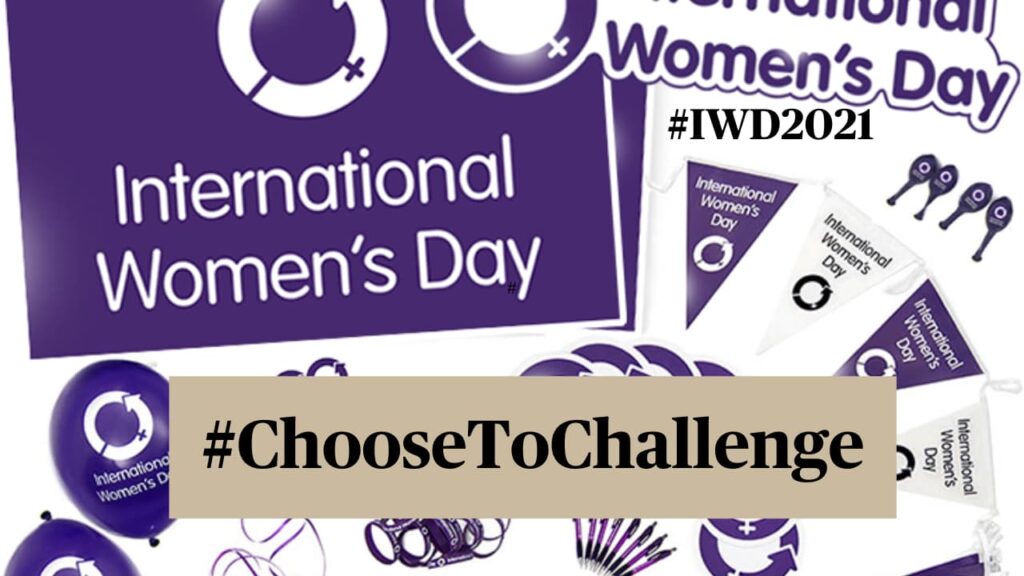|
I love a bit of eye contact in communication; it’s normally a friendly way to engage someone – particularly when you are thinking about inappropriate office conduct. However, it’s also hugely useful in challenging inappropriate comments because it can send a message you’re not okay with a certain behaviour or comment. If done well, eye contact can even stop the likelihood of ‘difficult people’ re-offending. It’s something I’ve been talking about with audiences for my ‘What’s your ripple effect: Reducing bias for wider impact’. Not surprisingly, it’s a hot topic for IWD in 2022, as we all work to #BreakTheBias. It’s vital to take on because if bad behaviour isn’t challenged, their ripple effect will cascade affecting all the people around them. Plus, if they think they’ve got away with their comments, the bad office conduct and behaviour is going to get worse… as they push their luck further and further each time, which way it’s vital to send messages via strong eye contact in communication. |
| 1. First of all – if the comment was said publicly, make eye contact with others to gauge reaction and any support you might get from them. See if others look a bit aghast and if they do, they are likely to be your backup team if you challenge the person for their bad office conduct and behaviour then and there. If no one looks at all surprised, then you have a couple of options: |
| 2. First, recognise if you don’t have much support and so pick a better time to challenge OR question if the intent was as bad as you’ve interpreted. If the intent was negative, and you routinely have no support – then it may not the best environment for you. You don’t want to stay in a place where offensive comments are just par for the course. |
| 3. Alternatively, now may be exactly the right time to make eye contact in communication with the difficult person: Again, you have a couple of options to improve office conduct and behaviour: |
| 4. You could go for a look that feigns ‘confusion’ (either bored or innocent) – like you just didn’t get their ‘joke’. I used a mix of these when the builders I’ve had in my home smirk would and joke with each other when I’m right there how the ‘lady likes a big stopcock’, or how one of them ‘doesn’t have a big enough tool for me.’ The confusion look is good because it suggests you don’t find them funny, and you aren’t particularly keen to even ‘get the joke’. |
| 5. Your other option is to show that you understood, but they can still walk back from what they said. I usually start with ‘the raised eyebrow’, which I was lucky enough to inherit from my mother. Growing up, when she gave me this look, I knew I was in trouble, but so useful for you to now use. Often the look alone is enough to put the person on the back foot and get them to explain themselves. If you aren’t blessed with weirdly asymmetric eyebrows like some of us, just simply raising both brows can work too. |
| 6. You can even pair this one with some small vocal cues such as ‘Ouch’, ‘Really?’ or ‘Whoa’? But the meaning you are showing is: ‘Did you just say that? I’m going to let you back up from that completely offensive comment…’ |
|
Let’s be clear, no one is born, or even enters your offices ‘a predator’. No, they just start out by being a ‘difficult person’ who gets away with bad behaviour. And that’s really important to understand. The types of jokes we can get away with often sends a message as to what types of bigger behaviour will go ignored and even condoned. Even Harvey Weinstein probably didn’t start his movie career demanding sexual favours. He probably started out where most of us do – testing the waters (even as children!) to see how much we can get away with. In this week’s video, I’m talking more about bad office conduct and behaviour and how to deal with toxic people at work. |



































